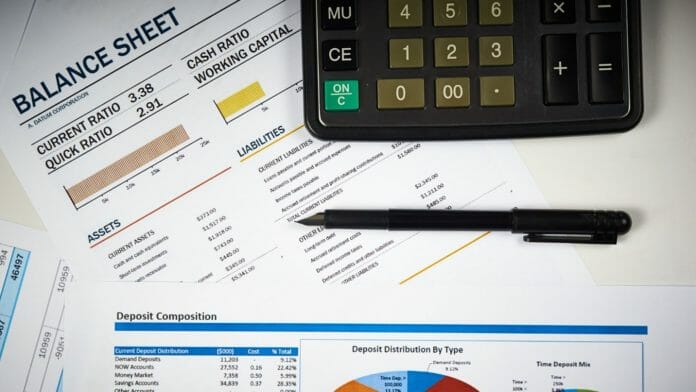A balance sheet is one of the three fundamental financial statements. These statements are key to both financial modeling and accounting. The balance sheet displays a company’s assets, liabilities, and shareholders’ equity at a specific point in time. It is important to understand how to read a balance sheet in order to analyze a company’s financial position.
What is a balance sheet and what does it show?
A balance sheet is a financial statement that provides a snapshot of a company’s assets, liabilities, and equity at a specific point in time. The balance sheet is one of the three fundamental financial statements, along with the income statement and cash flow statement. The balance sheet is also sometimes referred to as the “statement of financial position.”
How to read the assets section of a balance sheet
The assets section of a balance sheet lists all of the resources that a company owns and can use to generate revenue. These assets can be categorized as either current assets or long-term assets. Current assets are resources that are expected to be converted to cash within one year. Examples of current assets include cash, accounts receivable, and inventory. Long-term assets are resources that are not expected to be converted to cash within one year. Examples of long-term assets include property, plant, and equipment.
How to read the liabilities section of a balance sheet
The liabilities section of a balance sheet lists all of the debts and other obligations that a company owes. Liabilities can be categorized as either current liabilities or long-term liabilities.
Current liabilities are debts that are due within one year. Examples of current liabilities include accounts payable and short-term debt. Long-term liabilities are debts that are due after one year. An example of a long-term liability is a bond payable.
How to read the equity section of a balance sheet
The equity section of a balance sheet lists the ownership interests in a company. Equity can be categorized as either common stock or preferred stock. Common stock is the most basic form of ownership in a company. It represents the residual claim on a company’s assets after liabilities have been paid. Preferred stock is a type of stock that has preference over common stock in the event of a liquidation.
Balance sheet vs profit and loss
It is important to understand the difference between a balance sheet and a profit and loss statement. The balance sheet provides a snapshot of a company’s financial position at a specific point in time. The profit and loss statement, on the other hand, shows how much revenue a company has generated and how much expense it has incurred over a period of time.
The importance of a balance sheet
A balance sheet is an important financial statement that provides a snapshot of a company’s assets, liabilities, and equity at a specific point in time. It is important to understand how to read a balance sheet in order to analyze a company’s financial position. The balance sheet can be used to assess a company’s solvency, liquidity, and financial health. It can also be used to make investment decisions. Now that you know how to read a balance sheet, you can use this information to analyze a company’s financial position. This analysis can be helpful in making investment decisions and in understanding the health of a company.


